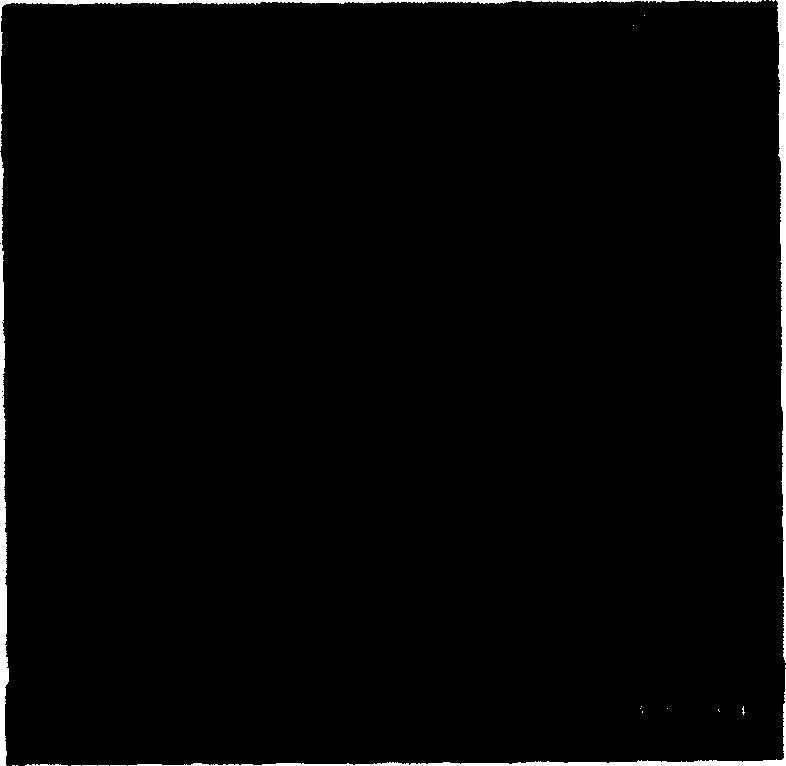Separation membrane made from cellulose and its preparing method
A cellulose membrane and cellulose technology, applied in the field of preparation of polymer separation membranes, can solve the problems of weak resistance to biological erosion, destroy the natural characteristics of cellulose, and reduce the degree of polymerization, and achieve good osmotic separation performance and temperature resistance. Enhanced, simple film-making process
- Summary
- Abstract
- Description
- Claims
- Application Information
AI Technical Summary
Problems solved by technology
Method used
Image
Examples
Embodiment 1
[0039] Add 3.2 grams of cellulose (average degree of polymerization ≈1000) to 32 grams of MMNO solvent containing 13.3wt.% water, stir at 80°C for 24hrs under nitrogen protection, filter, and defoam to obtain a casting solution with a concentration of 10wt.%. At 110°C, cast the casting solution onto a smooth, clean glass plate, add 32 grams of MMNO solvent containing 13.3wt.% water to 3.2 grams of cellulose (average degree of polymerization ≈ 1000) with a spatula, at 80°C, Stir for 24 hours under the protection of nitrogen, filter, and defoam to obtain a casting solution with a concentration of 10 wt.%. At 110°C, cast the casting solution onto a smooth, clean glass plate, scrape it with a scraper to form a 150 μm thick film, and then immerse it in a hydrogel bath to cure for 24 hours. After immersing in the gel, a gel-state film is obtained, and after being fully washed, the solid cellulose film is obtained by drying at room temperature and a relative humidity of 85%. The fil...
Embodiment 2
[0041] Except using the drying condition of relative humidity 50%, other implementation steps are the same as embodiment 1. The tensile strength σ of the prepared film b , elongation at break ε b The lengths are 92.4MPa and 4.4%, respectively.
Embodiment 3
[0043] the solution
PUM
| Property | Measurement | Unit |
|---|---|---|
| tensile strength at break | aaaaa | aaaaa |
| degree of polymerization | aaaaa | aaaaa |
| degree of polymerization | aaaaa | aaaaa |
Abstract
Description
Claims
Application Information
 Login to View More
Login to View More - R&D
- Intellectual Property
- Life Sciences
- Materials
- Tech Scout
- Unparalleled Data Quality
- Higher Quality Content
- 60% Fewer Hallucinations
Browse by: Latest US Patents, China's latest patents, Technical Efficacy Thesaurus, Application Domain, Technology Topic, Popular Technical Reports.
© 2025 PatSnap. All rights reserved.Legal|Privacy policy|Modern Slavery Act Transparency Statement|Sitemap|About US| Contact US: help@patsnap.com



